The tied-arch is really just a simply supported beam. The arch is held longitudinally at one end, with the other end free to expand or contract under varying temperatures.
If a load is placed on the deck, it is transferred to the arch via the hangers, as the global stiffness of the arch is greater than the bending stiffness of the deck. This creates thrust in the arch, which is balanced by tension in the tie beam. The arch will deform downwards, and it will try to spread its feet, but this is limited by having to stretch the tie beam. Hence there will be an outward movement at the free end.
Tied Arch Structural Behavior
This section will focus on the structural action of tied arch bridges providing the reader with a general overview of the structural behavior of these bridges. Figure 4 portrays the member, loading and displaced shape for the tied arch bridge. The uniform load acts on the concrete roadway deck that is ultimately transferred to the arch hangers. Tied Arch Structural Arrangement The loading places the hangers in tension and displaces the arch rib downward. The arch rib is restrained at each end, which as for the two hinged arch, produced an axial shortening and develops a compressive thrust in the arch rib. Finally, as the arch rib exerts an outward thrust on the supports, the arch tie pulls the supports into equilibrium loading the tie in tension. From the standpoint of external statics the single span tied arch behaves in a determinant manner and reacts on the supporting substructure as if it were a simply supported beam.
Internally, however, the system is indeterminate with the behavior being dependent on the ratio of the tie stiffness to the rib stiffness. In the classic bowstring arch the tie is predominantly a tension member with minimal bending stiffness. In this system the vertical loads are carried almost exclusively by the arch rib. The resulting proportions of the rib and lateral bracing are similar to what they would be if the system were in fact a “true” arch using a compression thrust block instead of a tension tie.
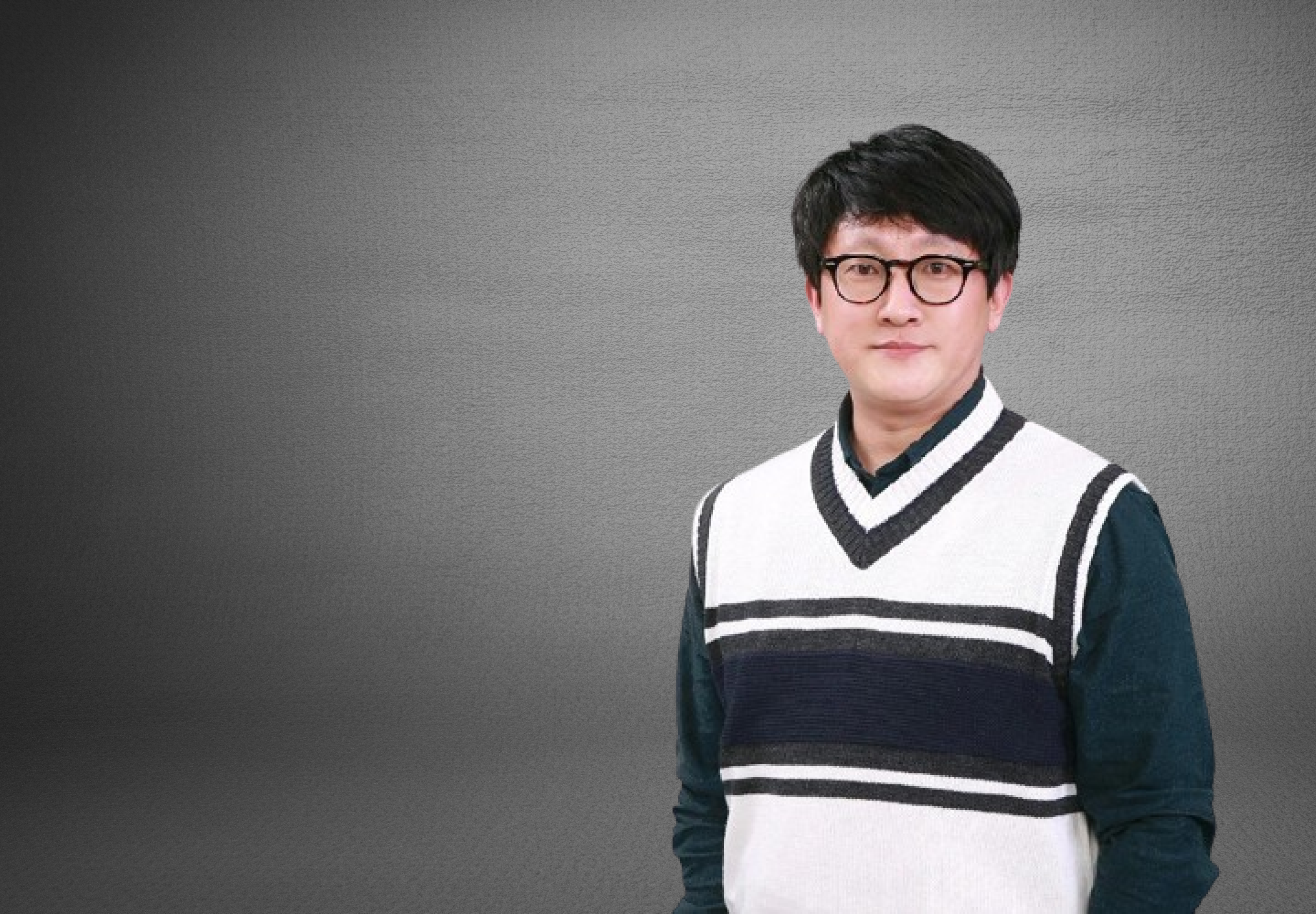
I am a structural engineer who is interested in all structures from civil structures to offshore structures.
Based on various practical experiences, I would like to introduce engineering more easily.
And I want to be able to share my thoughts and enjoy the various attempts that can improve the efficiency of engineering work with you.
I hope every engineer who reads my contents will get even the slightest inspiration and motivation needed for the engineer's journey.
※ You can view related content by clicking on the keywords below.

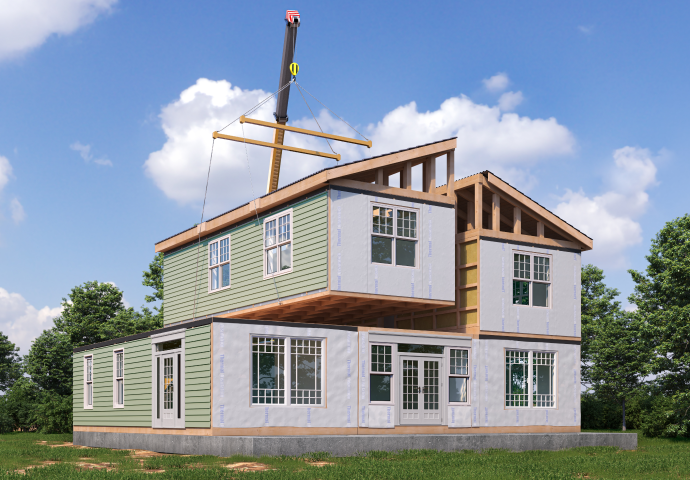
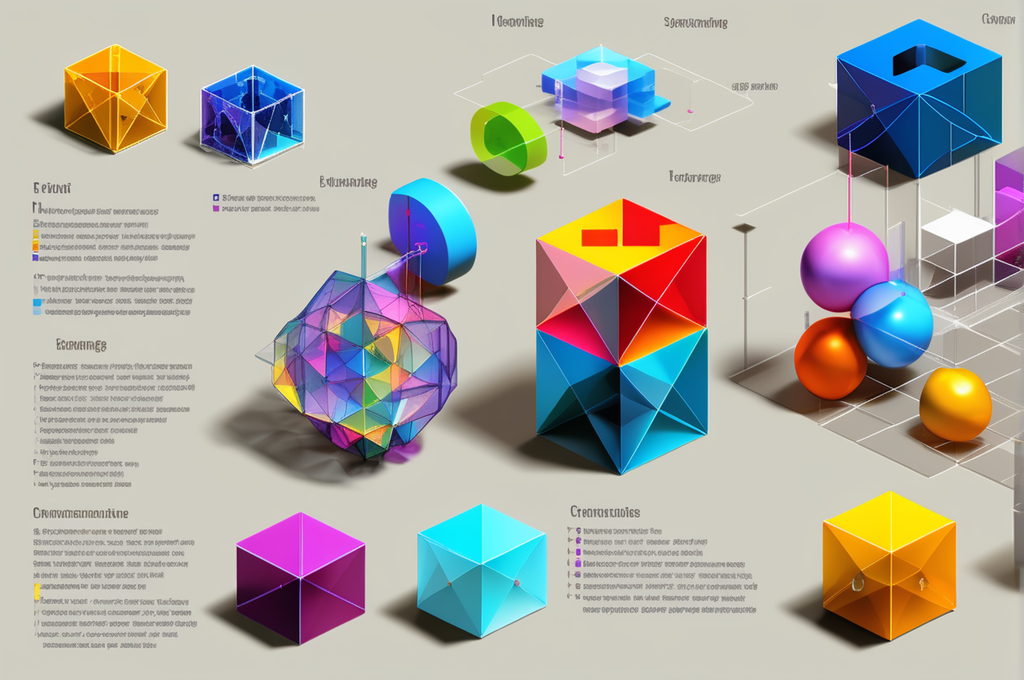

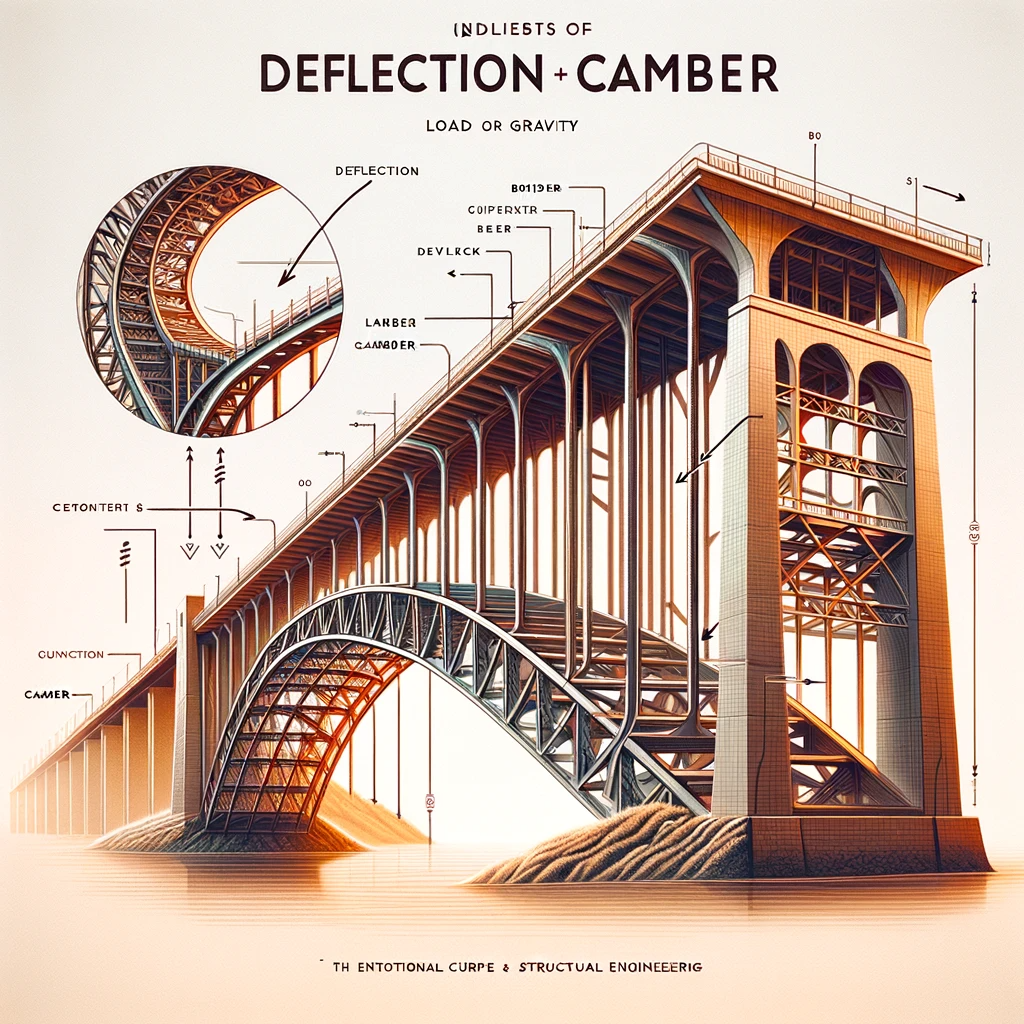
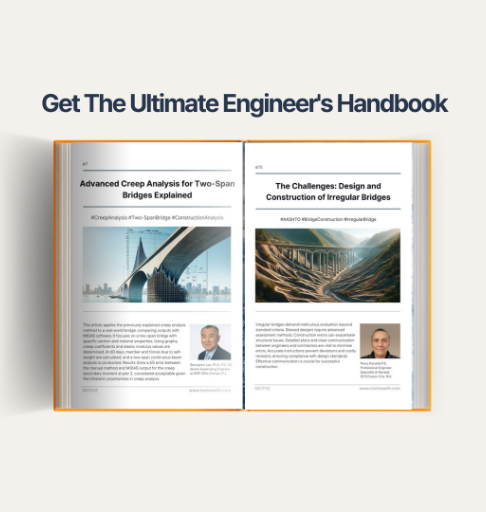

/%EC%9E%91%EC%9D%80%EC%97%B0%EB%AA%BB_400_400.png)

